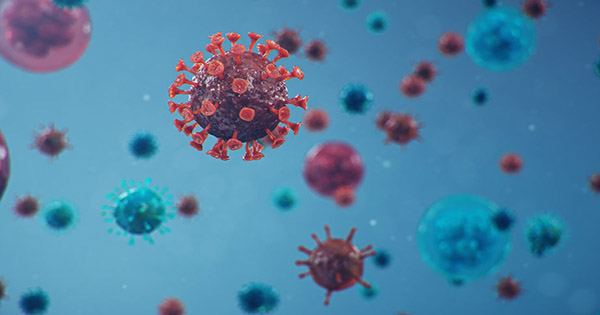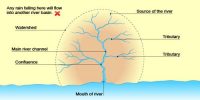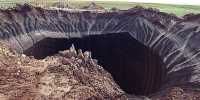Germs are a truly influential group of life forms. These invisible organic matters have been running the affairs of the earth for billions of years. Plants and animals have popped up as a by-product of microbial attachment in the history of our planet. Germs are not easy to understand. It took us a while to learn about the existence of the human microbes, the accumulation of viruses, bacteria, and fungi inside and outside our bodies that could keep us alive wherever it connects us to the surviving microbial cloud.
We are now learning that there is even a microbe in the sky. These are germs that flow and live in the lower parts of the atmosphere. These include the middle and upper troposphere at a height of 8 km and 12 km above the ground and the lower level of debris up to 15 km. What’s more, by joining the planetary air system, these lifeforms create microbial highways in the sky that transport them around the world.
First Scientists reported the existence of sky-bound bacteria in a number of pioneering studies published in 2013 and 2018. These were isolated microorganisms that were not available as opportunities. Instead, bacterial communities isolate the sky in large numbers, in the region of a few thousand bacteria for every cubic meter of air in the troposphere.
Bacteria were between 60% and 100% alive in the collected samples and they usually survive in the sky for more than five days. Analyzing their genetic material confirmed the presence of dozens of different bacterial species. tropospheric bacterial communities, however, were less complex than some terrestrial habitats on Earth. However, bacteria are not the only small form of life in the sky. We now know that this microbiome includes viruses and even fungi. The lower atmosphere seems to be alive and well with germs. These germs have adapted well to their new environment. Only bacteria that already have arrangements in place to deal with UV radiation, water scarcity and high levels of dangerous oxidants such as ozone survive by traveling in the sky, where they feed on the carbon compounds available in the atmosphere. Researching bacterial behavior in the sky may be useful for understanding microbial survival in space, given this harsh environment.
Bacteria also actively grow in the clouds and play an important role in the processes behind the Earth’s atmospheric chemistry. For example, some airborne bacteria encourage the accumulation of water in the air. While some plant-bacteria are able to make ice using expert proteins and damage the leaves, the same can happen when opening a pathway for bacteria to become infected. Some carry airborne bacteria and ice particles that can even turn into nuclei to form clouds.
Disease route: By understanding the atmospheric microbiome in the sky and its highways, we learn how disease-causing germs move around the planet. Scientists found the viruses from the sky like invisible snowflakes covering the Sierra Nevada Mountains in Spain where the viral detector was placed, in a recent study. Thanks to the microbial highway in the sky, genetically identical viruses can be found in different and remote places across the planet.
This type of root may be responsible for the spread of the mysterious Kawasaki disease, which can cause heart problems in children but the exact cause is unknown. A team of Japanese scientists has proved that it may be due to fungal toxins spreading in the sky over long distances from China to Japan. Analysis of air samples above Japan when Kawasaki disease was observed showed that the most influential microbial species was the fungus Candida. Laboratory tests have shown that the fungus can cause Kawasaki-like conditions in rats.
Now the whole world is watching the story of the COVID-19 epidemic. We know the virus is spread through human contact, but a team of doctors recently warned the World Health Organization that the viral particle could travel through the air. Some scientists have even speculated that the COVID-19 virus may have been carried through the atmosphere by a jet stream between countries at similar latitudes. Since we are only beginning to understand the role of germs here on earth, there is probably a much greater amount to discover what is above our heads.
















